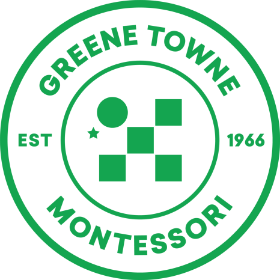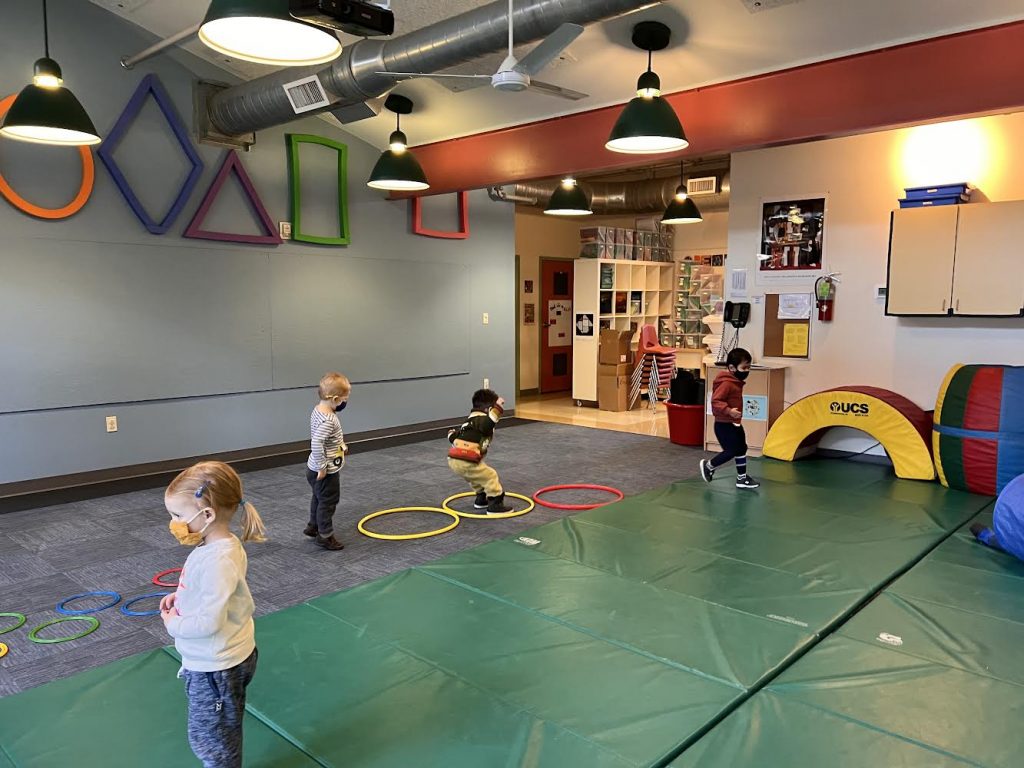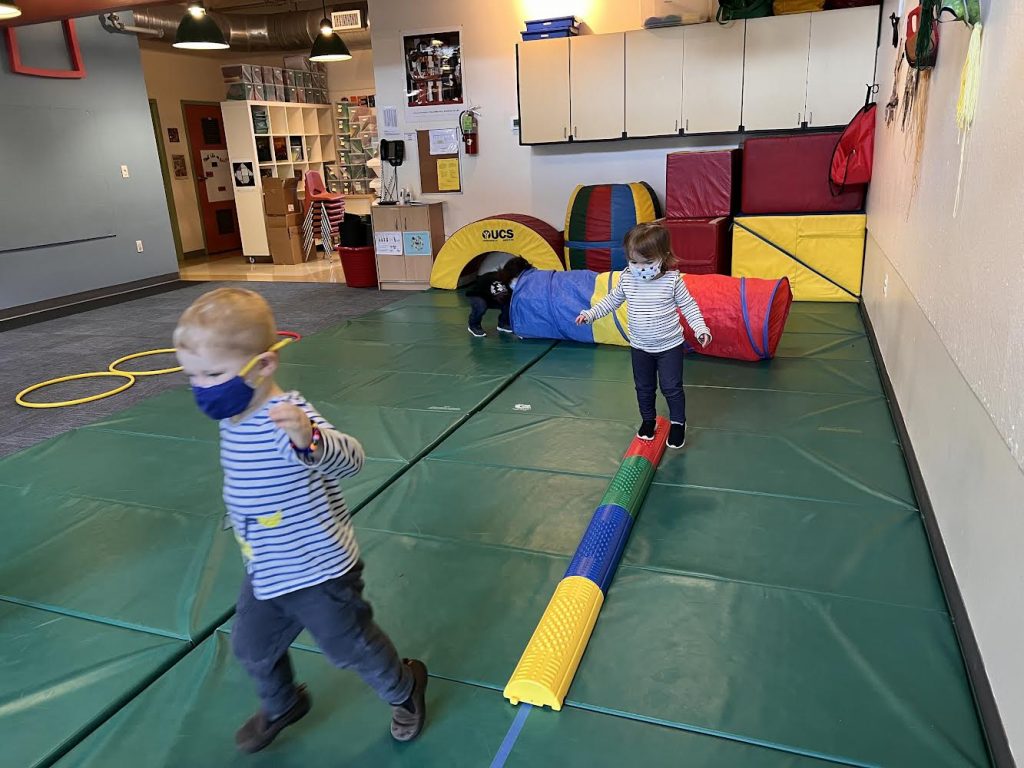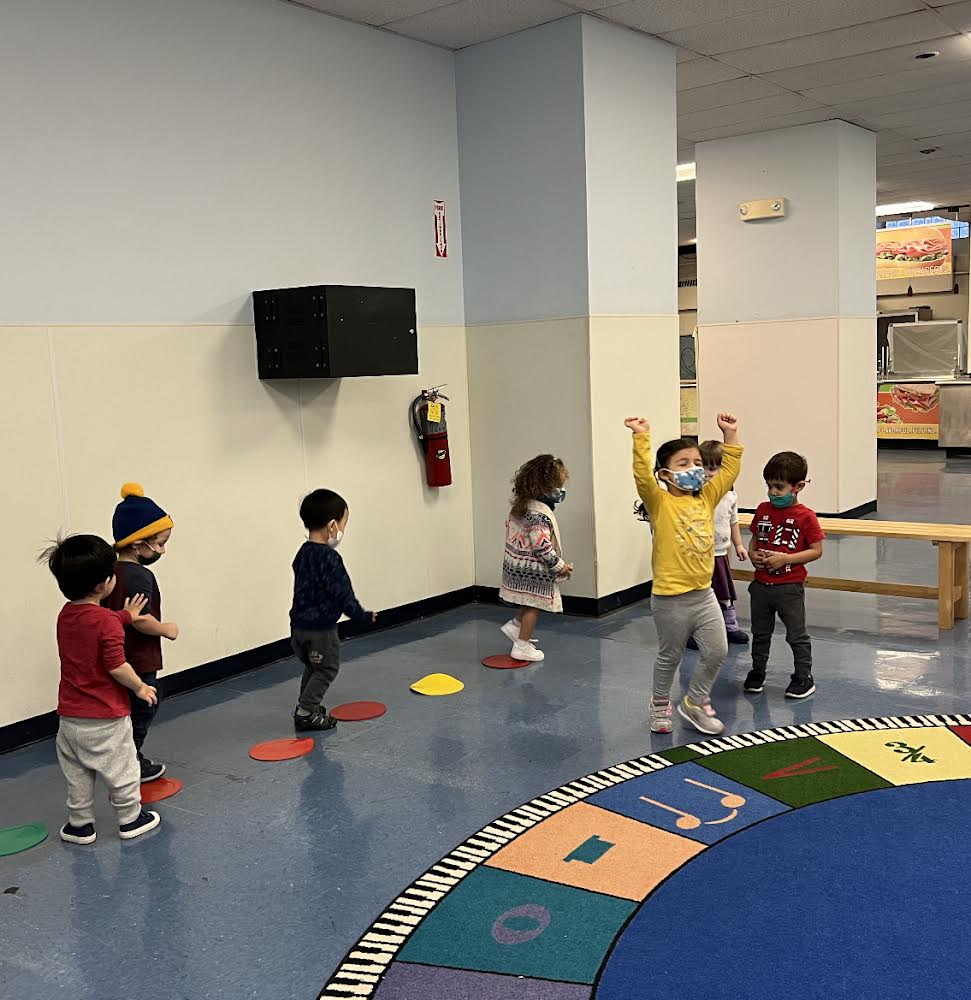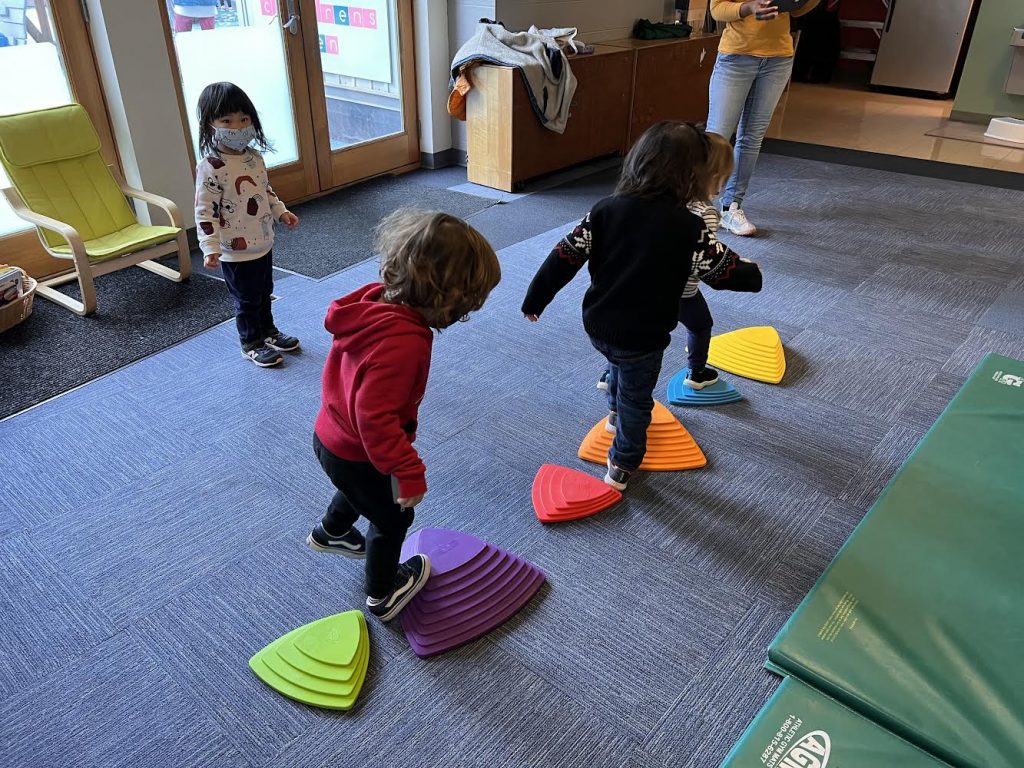Movement- December 2021
What Does a Typical Movement Class Look Like? Your children are having fun in movement, but what else are they doing? I thought providing a description of a typical class would be the best manner of introducing you all to the movement program. We know kids come home with only tidbits of information about what […]

What Does a Typical Movement Class Look Like?
Your children are having fun in movement, but what else are they doing? I thought providing a description of a typical class would be the best manner of introducing you all to the movement program. We know kids come home with only tidbits of information about what they have done each day, so hopefully this helps you piece that all together.
The Toddler and Primary programs are identical in structure, but with care of adaptations to each group based upon age-specific gross motor skills, fine motor skills, fundamental locomotor and non-locomotor skills, and object control skills.
Woah, what do all those terms mean?! I’ll go more in depth about them in the following month’s blogs, but here’s a quick glossary for you now:
- Gross Motor Skills: Skills that require whole body movement, for example, walking, running, jumping, twisting, spinning, climbing, etc.
- Fine Motor Skills: Skills requiring use of the small muscles in the hands and wrist working in coordination with eye movements. For example, getting dressed, buttoning, tying, using utensils, anything that requires the coordination of your index finger and thumb, known as the pincer grip.
- Fundamental Locomotor Skills: Skills allowing us to move from space to space that adequately prepare children for the more complex skills they will encounter as they get older and participate in recreational activities. For example, walking, running, jumping, hopping, skipping, galloping, leaping, and sliding.
- Fundamental Non-Locomotor Skills: Skills that can be done standing in one spot and prepare us to keep our balance in between transitioning from shape to shape. For example, stretching, balancing, twisting, bending, turning, and swinging.
- Object Control Skills: Skills representative of a child’s ability to hold, catch, throw, and manipulate an object such as a ball, scarves, hoops, and bean bags.
It is incredibly important to recognize that children are all on their own timeline. In true Montessori fashion, I am always observing the children, noticing what works and what does not, what interests them, what does not, and what best supports them in developing the above skills. If I view my curriculum as a prepared environment just as the classroom is in a Montessori setting, I feel I can adequately be in true collaboration with the children to develop their skills.
So, back to the original question, what does movement class look like?
We always begin with an opening circle. This is a time to say hello, check-in with how we are feeling, go over the plan for the day, and set expectations. Providing them with a plan and expectations right at the beginning makes transitions easier and encourages more participation as they are always eager to get to whatever their favorite part is.
Then we begin our cardiovascular warm-up. This can take many different forms. Sometimes we follow-the-leader, running in circles waiting for me to say “freeze” at which all eyes go to the teacher to see what locomotor movement skill we will do. I.e. jumping jacks, hopping, frog jumps, stretching, etc. Sometimes the task of deciding is passed on to a child to decide, allowing them to lead their classmates.
Sometimes we wear hula-hoops around our waist and pretend they are space ships as we run, gallop, jump, and dance. Other times we scatter dots all over the place to dance to music and play musical dots. It is just like musical chairs, but when the music stops, they must find a dot to freeze on. Other times, it’s a simple game encouraging cognitive development and teamwork.
The next sections are interchangeable in order allowing me to cater to whatever I think will work best for each particular group while still hitting all skills and objectives for the lesson plan.
The first is an exercise in mirroring images through the use of movement cards, animal cards, yoga cards, or movement dice. The children are challenged to think creatively about the shape they see on the cards, attempting it on their own. Once they have tried, I demonstrate so they can mirror me. We usually both end up learning new perspectives on shape and movement through that collective experience.
The next is a skill course or obstacle course. It might look like simply climbing over a lot of equipment and sliding down slides, but I structure it so that practice of the fundamental movement skills is dispersed throughout. The course often contains several variations on jumping, hopping on dots, balancing on stepping stones, balance beams, and crawling through tunnels, plus much more. Sometimes we also work on our balance and coordination by placing a bean bag on our head and trying to do the obstacle course without letting it fall!
Even climbing and sliding strengthens the core muscle groups needed to facilitate the development of these skills, making that fun an integral part of our process as well.
We end our activities with a yoga cool down to harness all the energy we have built up and direct it in a productive manner before heading back down to the classroom. This practice can take many forms depending on what they need for that day, but always ends in a closing circle.
When we close, we review what we did, ask what we liked/versus what we did not, ask what we might like to try in the next class and take three deep breaths together to close. When the breaths have been taken and the children are calm, I call them to line up before escorting them back to their classrooms.
Despite this being the general structure, there are always new activities being incorporated from week to week. We keep layering and editing based on what seems to be serving them best each class. In future months, I’ll be happy to share some more insight in the specific activities and their benefits for both my toddler and primary friends. Stay tuned and take care!
-Ms. Jena
Parent Education Video Rewind – Child Development Through Play: Toys, Sharing, Friendships and Risks
Read More